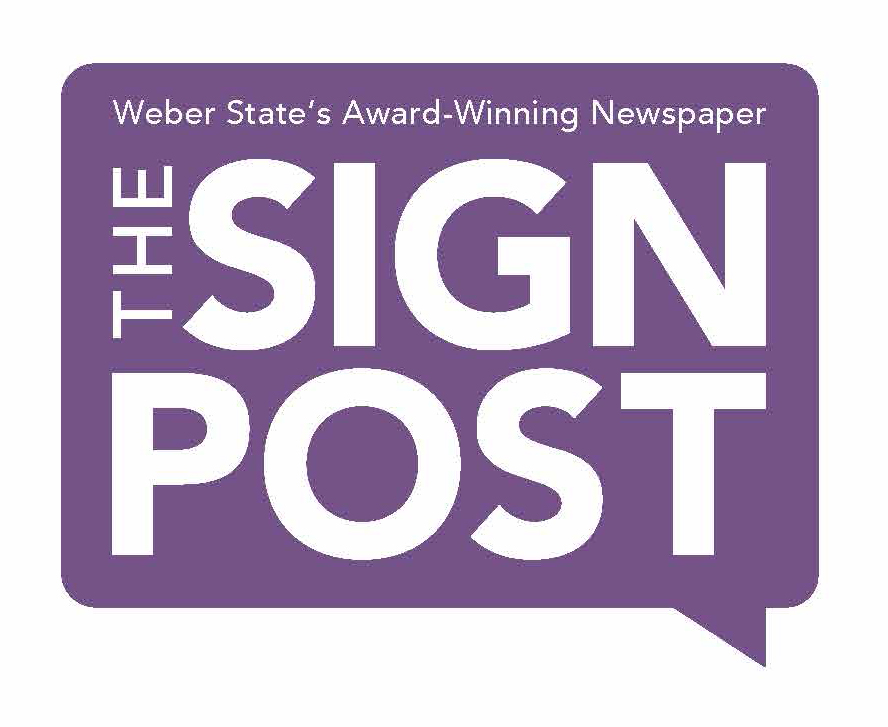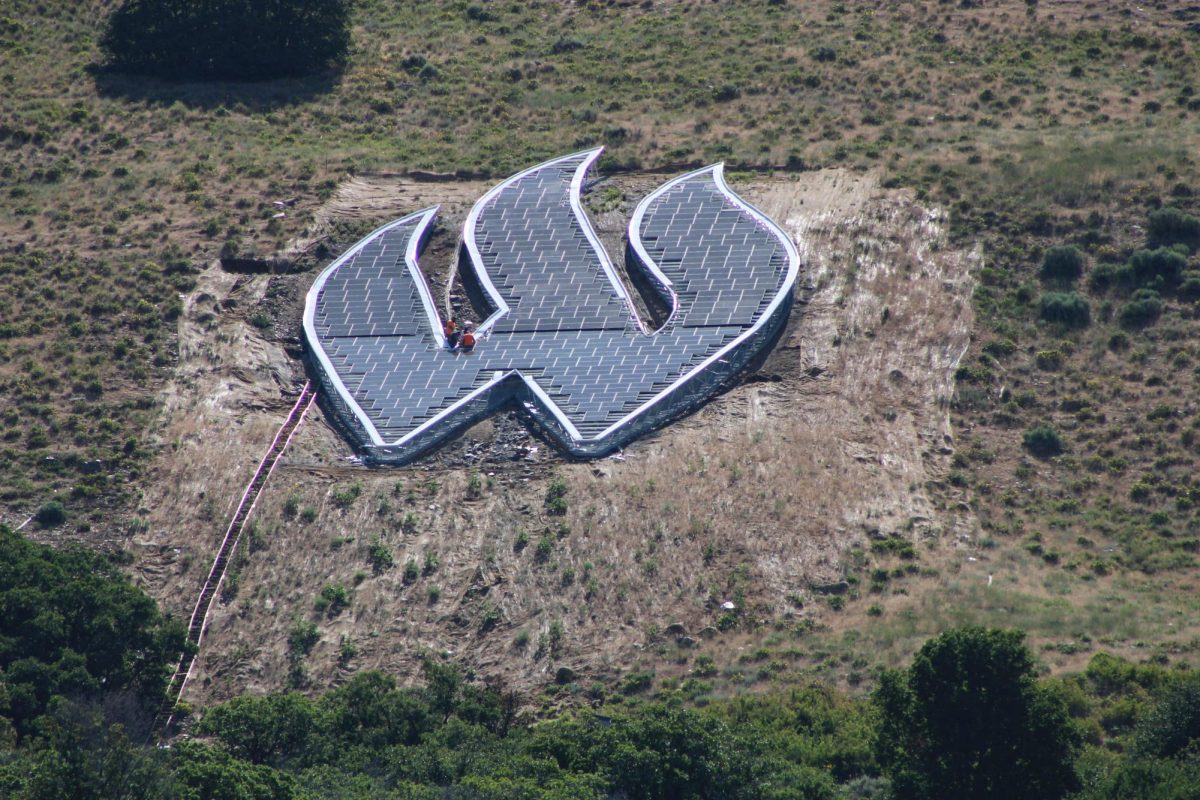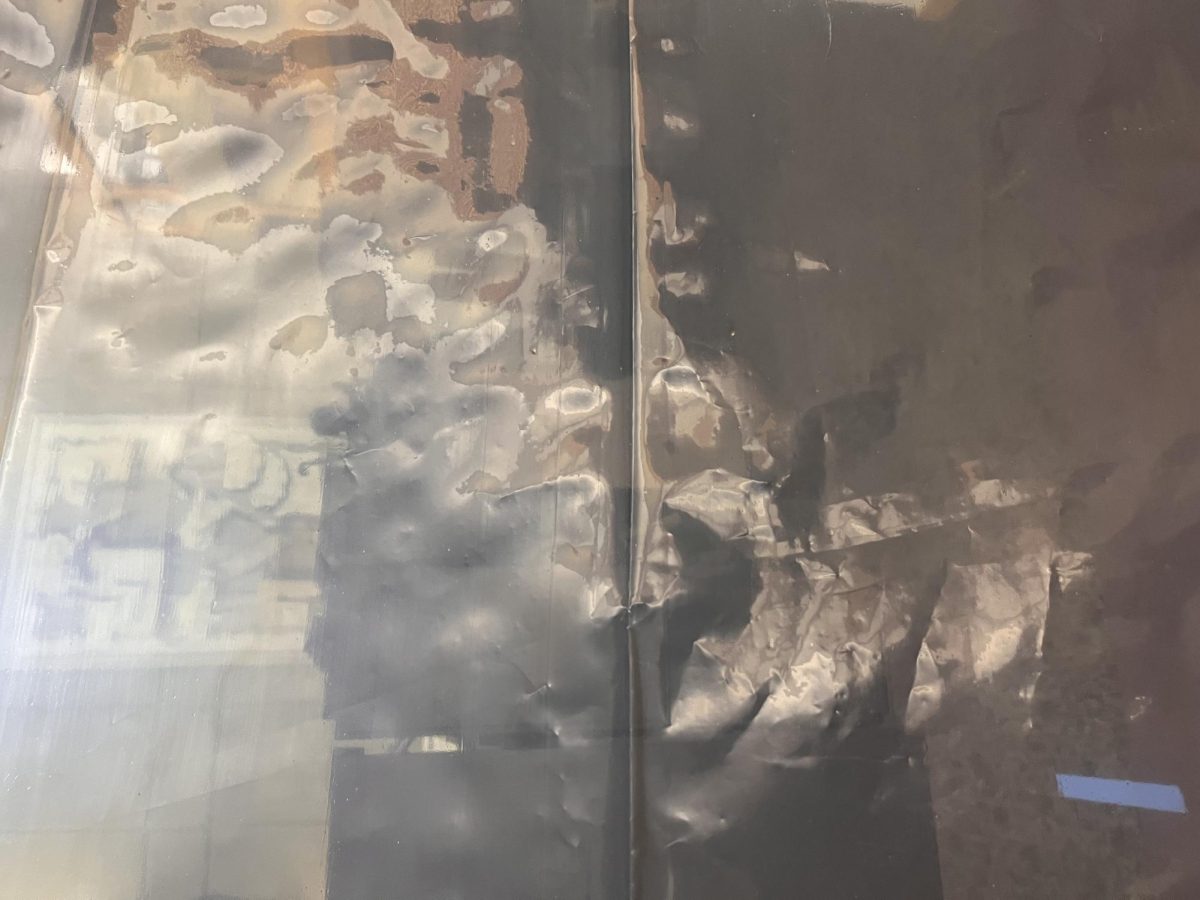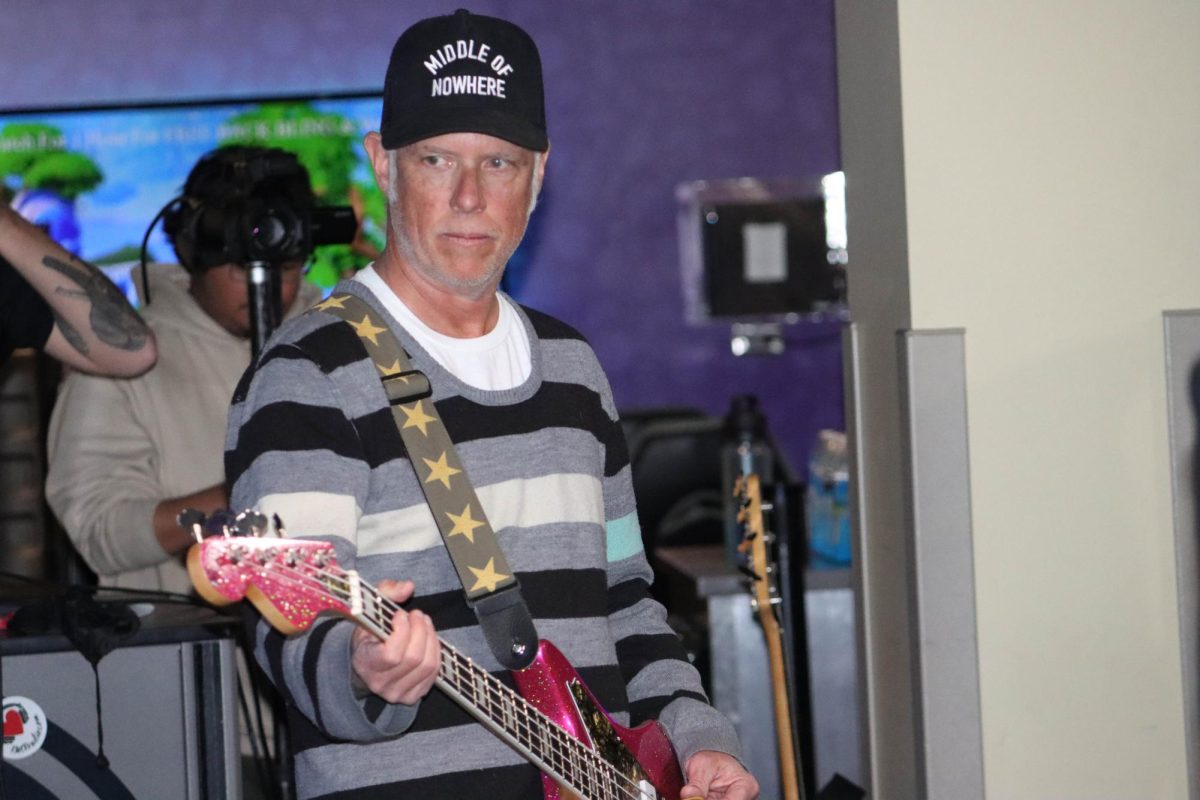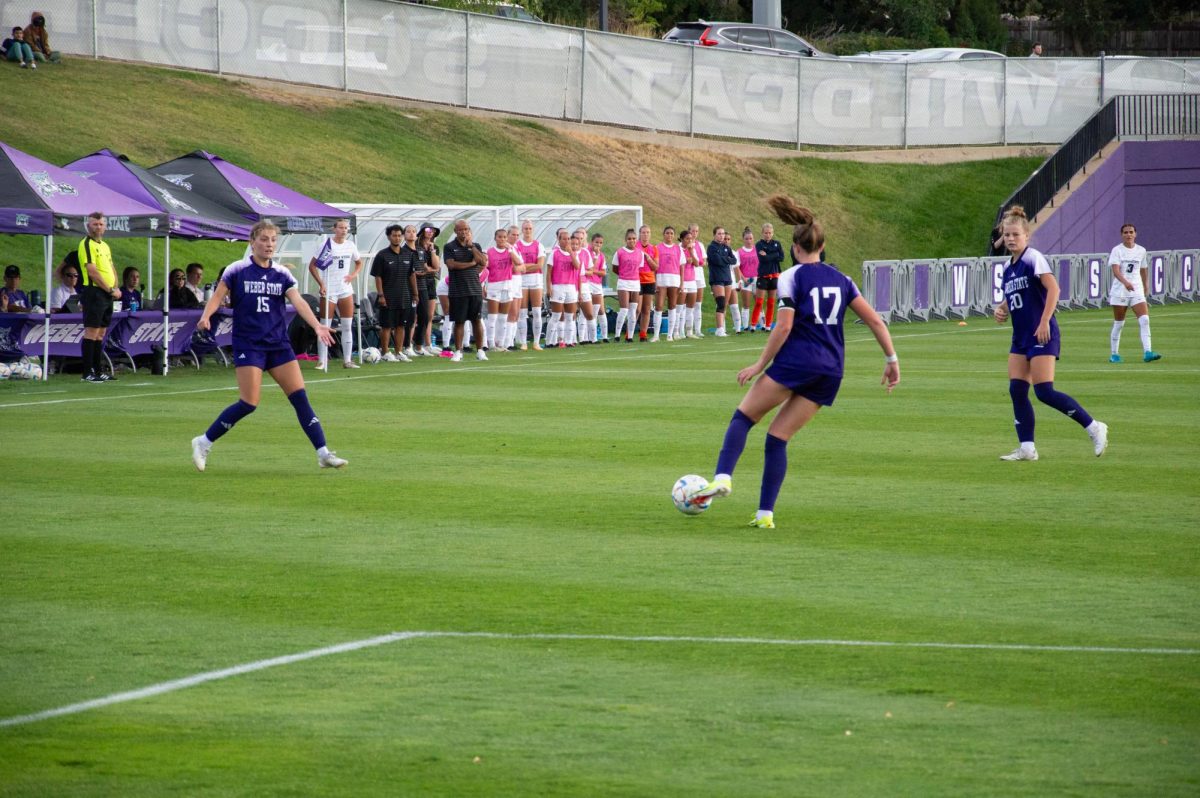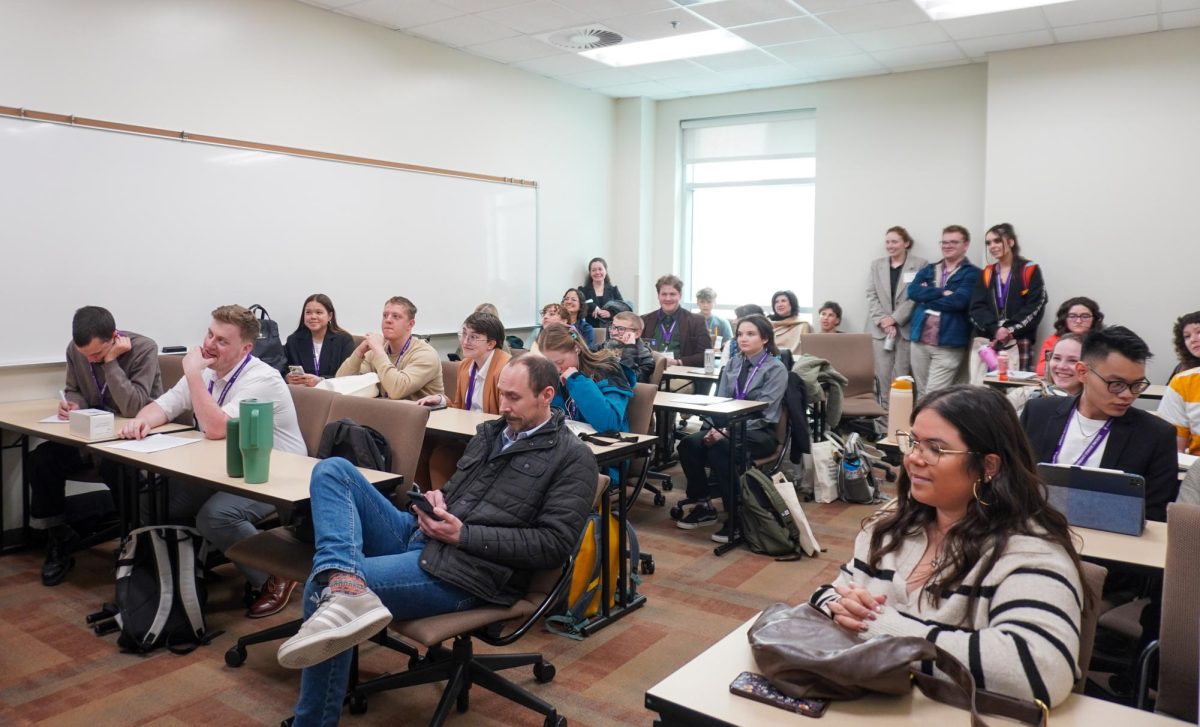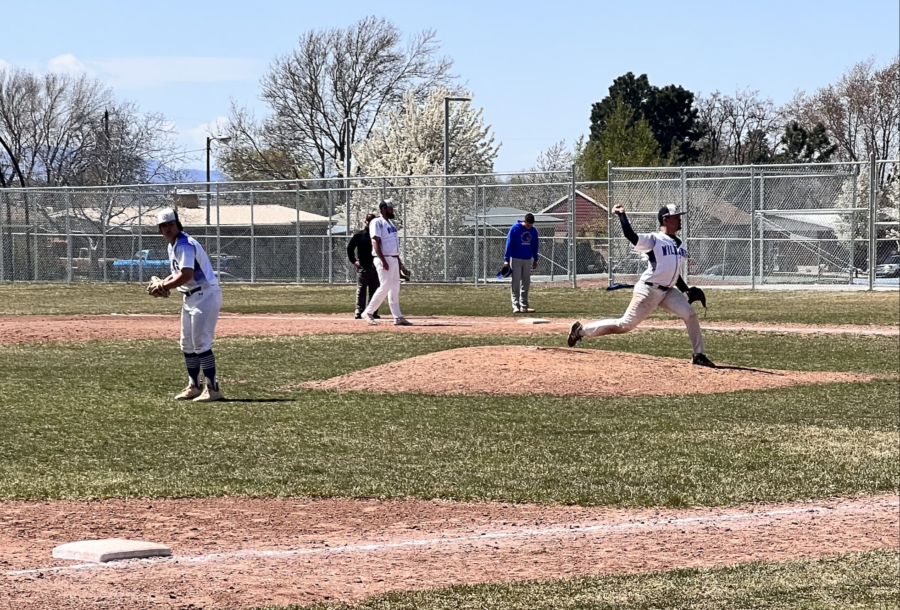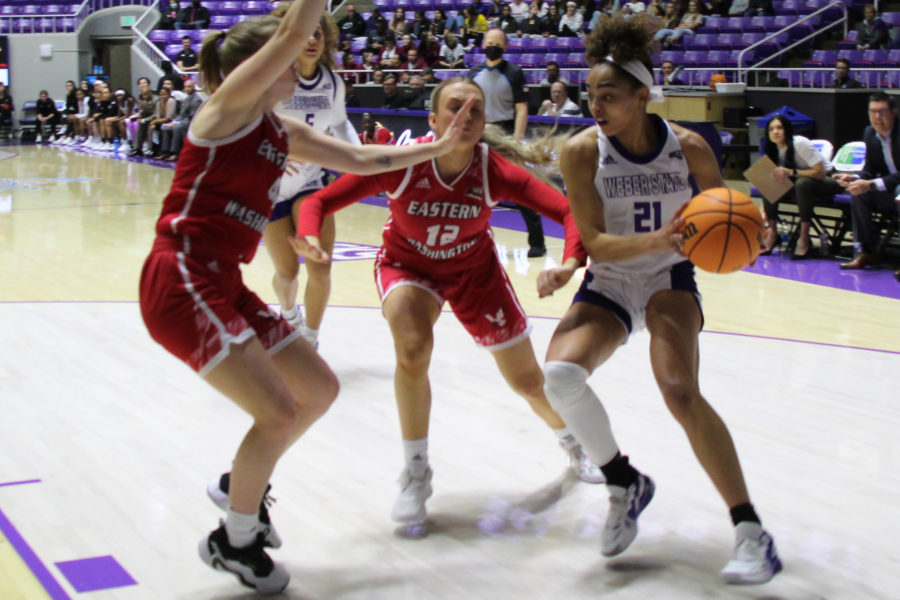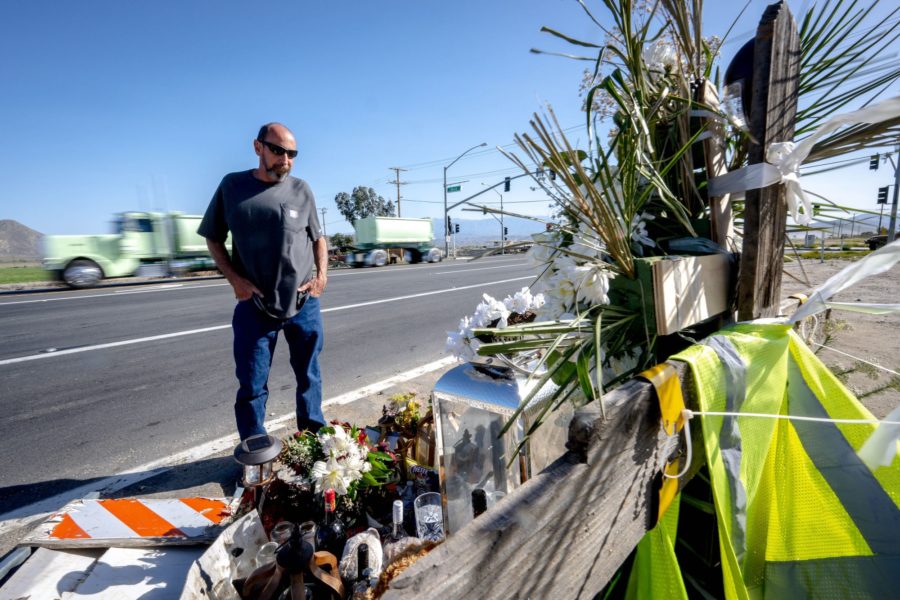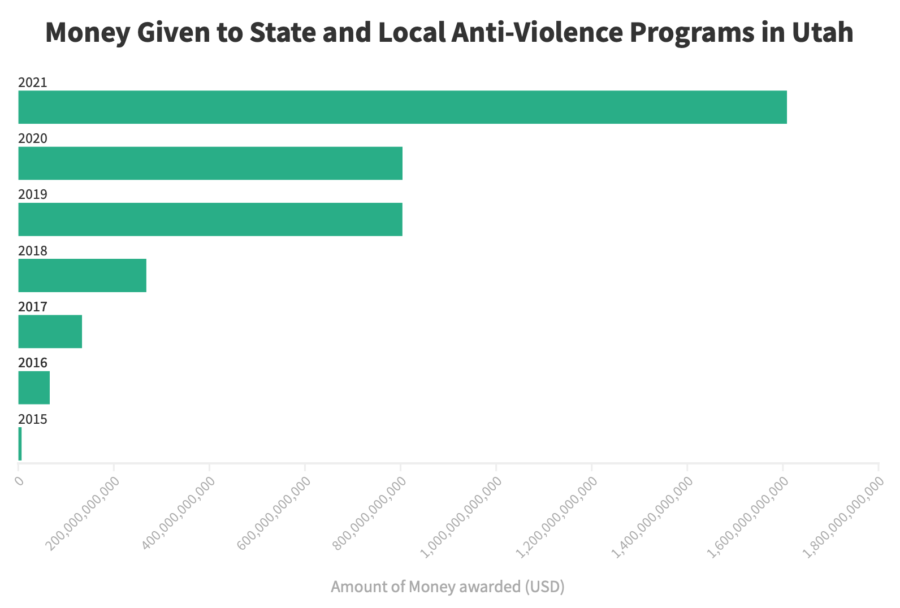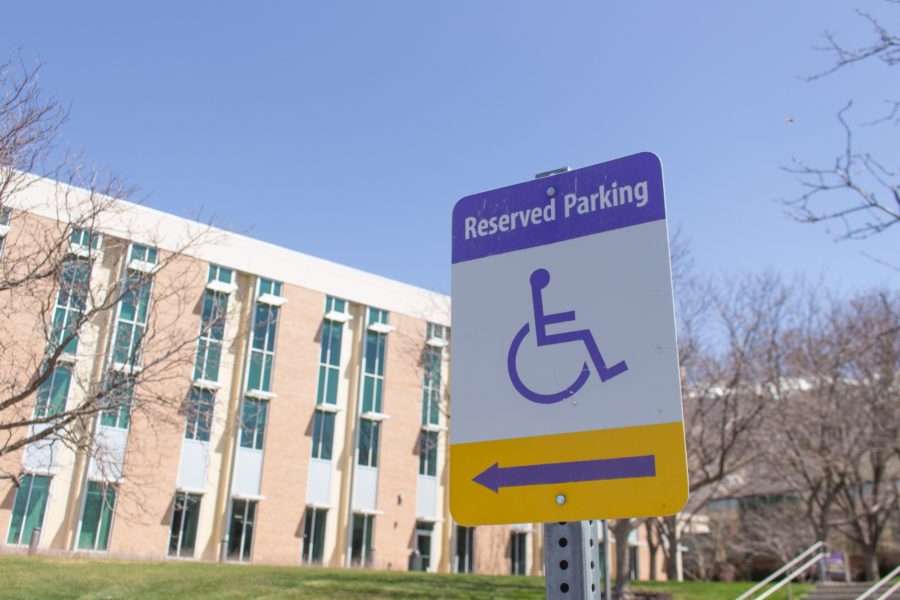![Native_American_flags_at_Beyond_NoDAPL_March_on_Washington,_DC[1].jpg](https://thesignpostwsu.com/wp-content/uploads/2017/11/Native_American_flags_at_Beyond_NoDAPL_March_on_Washington_DC1-1024x622.jpg)
Taking advantage of the opportunity to teach others of Native culture, the Native Symposium laid down the foundation with various workshops and ceremonies throughout the month of November, also known as Native-American Heritage Month.
The public screening of “Beyond Standing Rock” at the Wildcat Theater showcased the struggles Native Americans go through for land and rights protection, and then a three-person panel opened the gates for insight and information about indigenous communities and advocacy.
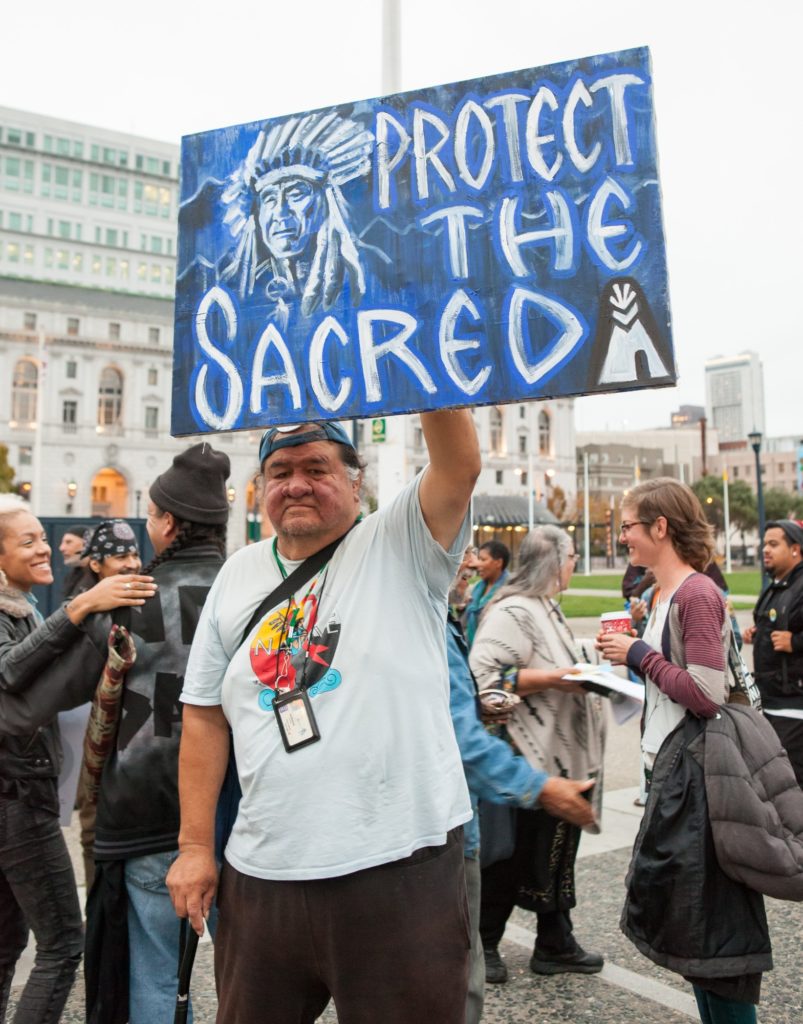
(found on wikicommons)
Using recent events and issues surrounding Native American students and community members, Lisa Cohne, program manager at the Utah Education Network, worked with Weber during the last six years to bring Native films to the campus. Cohne helps issue the films for the Native Symposium so the student body is more informed and in shaping their views.
“They’re taking a risk since it’s pretty controversial,” Cohne said. “People are really passionate about these issues and I think it (the film) does a good job showing both sides.”
The documentary touched base on the issues the Sioux tribe faced with the North Dakota Access Pipeline, traveled down south to the Southern Ute reservation in Colorado and their journey to develop their own energy source, and even ventured to Utah’s own backyard with the controversial dispute over Bears Ears National Monument.
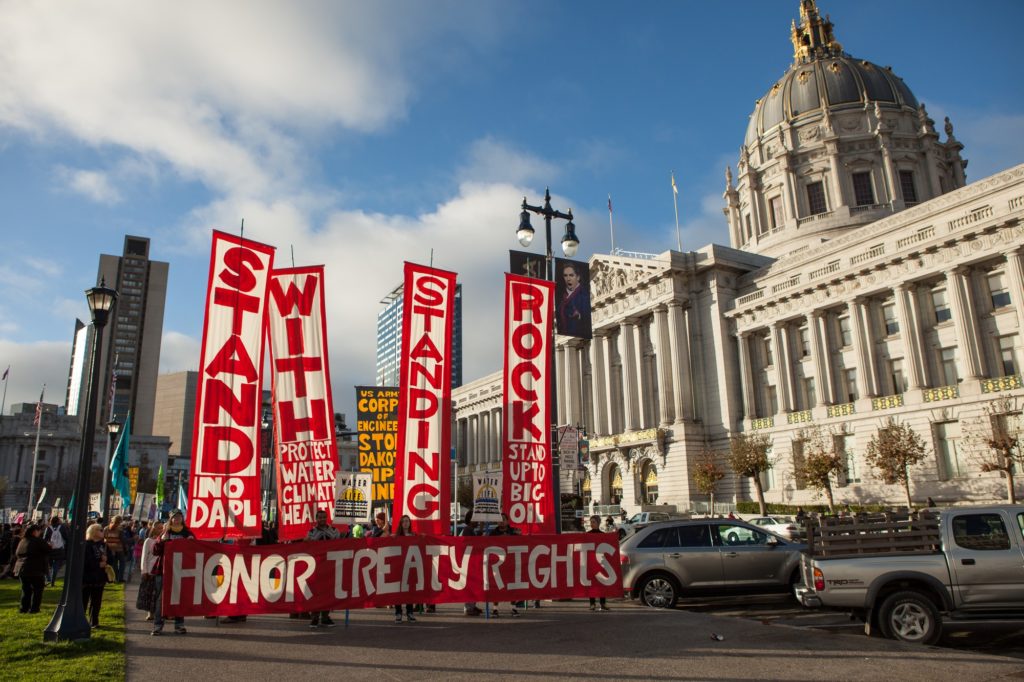
Tashina Barber, multicultural advisor for American Indian council at Weber State, wanted students to understand the issues their fellow Native American peers face, especially surrounding the subject of land.
“I try to bring these topics and issues to the university so that we can have dialogue and have conversations about this,” Barber said.
With the flourish of news on Standing Rock and their protests to the pipeline being built so close to the Sioux reservation last year, Barber emphasized how advocacy doesn’t necessarily mean being at the front line of the battlefield. Barber reminded her Native students, especially those asking about joining the protests, “You’re empowering yourself and your people by being here.”
Relaying the information given by the documentary and the decrease in land that has been given to Native tribes, Carl Moore, member of the SLC Air Protectors, declared how land goes beyond regulation and emphasized that land is indigenous everywhere. With this, he refers to all, including himself, as “squatters,” those who unlawfully inhibit unused land.
“I’m Hopi and I live in American Fork, and Hopi’s don’t come from American Fork,” Moore said. “This is why we need to get politically involved and follow the Native American Leadership because their voice needs to be heard.”
Moore gave a brief history on the importance of land to Native Americans and why surrounding communities should learn and understand its influence. Not only seeing land as a place for community growth and establishment, the concept of land is divine placement, a location where native tribes who inhabit these areas have stewardship.
“Native Americans fight against this paternalism that says ‘We know what’s best for you. We know what’s best.’ But we’re going to say that Native Americans know what’s best for themselves and they can do with their land what they want to,” Moore said.
The Native Symposium will have their next and final event with keynote speaker Cassandra Manuelito-Kerkvliet, along with a luncheon and roundtable discussion taking place Nov. 14 from 10:30 a.m. in the Wildcat Theater.
